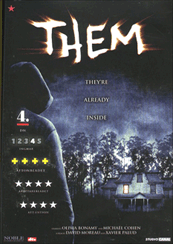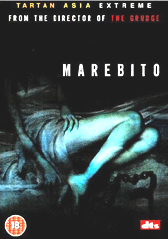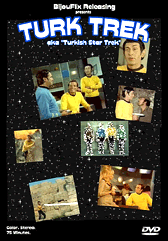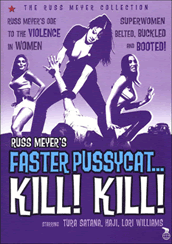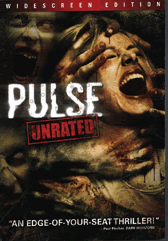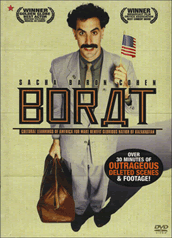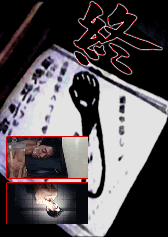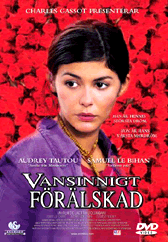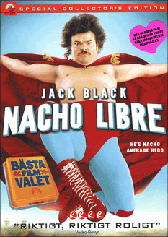 FEMALE PRISONER # 701 : SCORPION
FEMALE PRISONER # 701 : SCORPIONOriginal Title: Joshuu 701-gô : Sasori
Directed by: Shunya Ito, Japan, 1972
Drama / Thriller / Crime, 87 min
Distributed by: Tokyo Shock
Story:
After being set up and deceived by her “boyfriend / Bad cop” Sugimi [Isao Natsuyagi], Nami Matsushima, aka The Scorpion [Meiko Kaji] finds herself in one of the most violent prisons in Japan. When she isn’t fighting off the other female prisoners, she’s planning a taunting game of cat and mouse with the evil head of the facility Inspector Goda [Fumio Wantanabe, who also returned for the sequel] but no prison is safe enough to keep Sasori behind bars as she is renown for her daring escapes from custody time and time again. No prison can stand in the way of her vengeance!
Me:
You can’t sit though a Sasori movie with out realising that this is Kick-ass cinema when it’s at it’s best, although I don’t feel that this the first instalment of original seventies Sasori is the best of the four movies, I’d like to reserve that spot for Shunya Ito’s third entry; Female Prisoner Scorpion: Beast Stable 1973. (Shunya Ito only directed the first three, and then left Yasuharu Hasabe to helm the final instalment in 1973. In 1976 a new series was initiated but this time without the stunning Meiko Kaji , and then spawning several more sequels, even a Sasori in America as late as 1997) Anyhow, you should start off with the original to get into the mood and back-story to who Sasori is and why she doesn’t take any shit from nobody.
From the opening sequence where Sasori and a friend escape from the prison and are chased by armed guards shooting at them like there was no tomorrow, only to take a time out and explain to her friend that the blood between her legs is only her period that has returned after being locked up for so long, to the climactic final scenes where vengeance is taken and justice is served this movie just keeps the punches coming. But having seen my fair share of Women in prison movies (anyone interested in subgenre cinema has without a doubt sat through several hours of cheap Euro sleazy W.I.P. movies) it is very obvious that this movie (like the entire Sasori series) has a very strong feminist theme running through it. Even though the females are victims for most of the film, Sasori still stands strong, and even though each torment is more hideous than the previous, Sasori never sways from her main objective. To break out of prison and take her revenge on Sugami, her one time boyfriend who used her in one of his scams to bust a yakuza gang. Used in the way of letting the gang take turns in raping her and then he nonchalantly throws a bunch of yen notes at her and walks away. From this instance in life, Sasori starts planning her revenge, and it won’t come as a surprise when I tell you that she takes it in full with force too, now will it...
Not having much luck in her career and smaller parts in Nikkatsu’s Stray Cat Rock series in the very early 1970’s actress Meiko Kaji in an attempt to avoid becoming a Pinku film starlet, moved to Toei where she found herself working with director Shunya Ito on a series of adaptations of Toru Shinohara’s Women in Prison Manga. This could have been one of the wisest decisions that Kaji ever took as the films became huge successes in Japan and propelled her to stardom, and probably contributed to her landing the lead in Toshiya Fujita’s two classic Lady Snowblood movies. Meiko Kaji later acted in several of Kenji Fukasaku’s Yakuza movies, Yakuza Graveyard 1976, being the one to stand out the most. But as being one of Japan’s most famous actresses wasn’t enough Kaji also had modest success as a singer, often singing several songs on the soundtracks to her movies. If you saw Tarantion’s Kill Bill movies [2003-2004] you have heard Kaji singing the laid back jazzy "Urami-Bushi" and "Flower of Carnage (Shura No Hana)" from both the Sasori series and the Lady Snowblood movies.
If you want to see where part of the inspiration for Uma Thurman's The Bride character in Kill Bill came from, then check out Shunya Ito's magnificent Female Prisoner #701 : Scorpion. It's a true gem of Japanese seventies cinema, although not a Pinku, it's still violent and sleazy enough to make an impression and become a late night classic. Go get it now!
Image:
2.35:1 Anamorphic Widescreen
Audio:
Japanese Dolby Digital 2.0, Optional English Subtitles
Extras:
Photo Gallery, trailers for the other “Sasori” movies released by Tokyo Shock.

